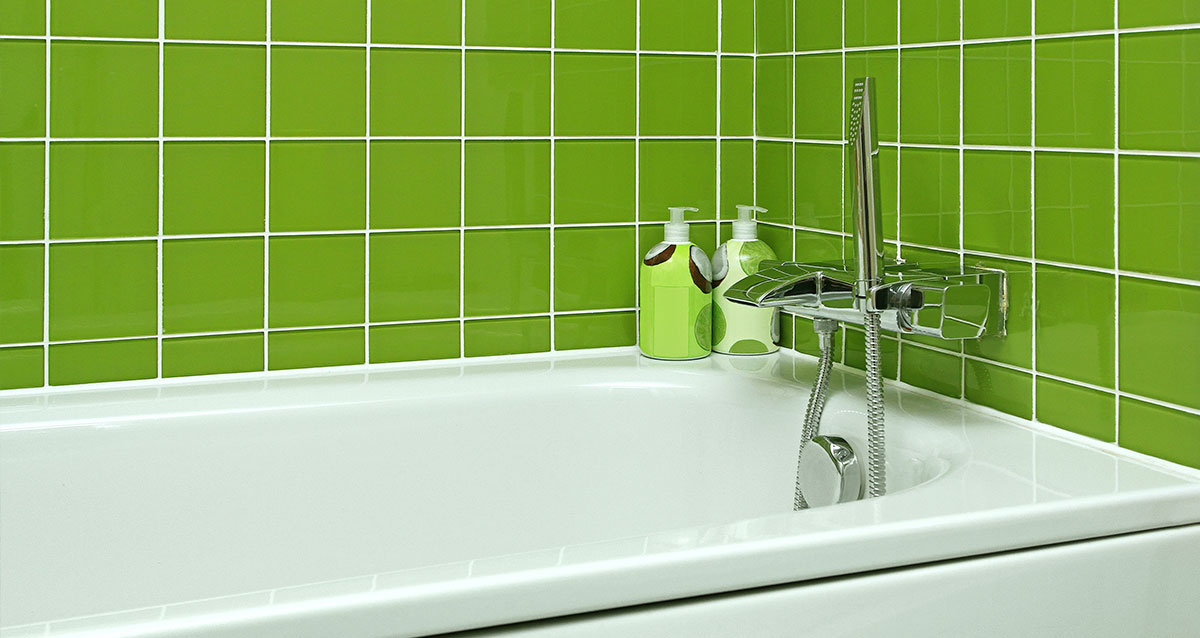{View Every person is bound to have their private way of thinking when it comes to Finding the Right Plumbing Expert. We recommend that you clean your acrylic bathing product made of Delta ProCrylic or Acrylic with Innovex Technology with non-abrasive soaps and cleaners, such as: When it’s time to clean, always use a terry cloth towel, soft cloth or sponge to avoid scratching the acrylic surface. Don’t use abrasive scrubbing pads, steel wool or sponges, cause permanent damage to the acrylic material. If you use a drain cleaner or clog remover, be sure to rinse thoroughly with water so no product is left standing near the drain. Some chemicals and cleaners may deteriorate acrylic surfaces, causing cracks and, potentially, property damage. To avoid this, don’t use cleaning products that state on their label that they are not suitable for use on Acrylic, ABS, Polystyrene or Plastic. Be sure to check the label of any product before you apply it to the surface; it’s easier to avoid damage than to try to remedy it. Chemicals we do not recommend using to clean acrylic showers/tubs: When you’re ready to apply sealant, a little planning goes a long way. Pick up some painter’s tape and use it to mask off the seam to help make cleaning up easier. When you’re applying the bead, use a constant, steady speed to avoid an uneven finish. Use a caulk tool or a plastic spoon to work the sealant into the joint. Wetting the tool with denatured alcohol will help create a smooth finish. Follow the directions on the back of the tube for cure time. Certain chemicals and cleaners may deteriorate acrylic surfaces, causing cracks and, potentially, property damage. After you’re finished applying it, clean up the product surface and remove any excess sealant with denatured alcohol. Don’t use solvents (turpentine, lacquer thinner, mineral spirits, paint thinner, MEK, xylene, acetone, naphtha, etc.) that can wreak havoc on an acrylic surface. With a little care and consideration, you can prevent damage to your acrylic shower or tub. Keep a supply of soft cloths handy and remove any damaging products or abrasive scrubbing items from the bathroom to ensure they aren’t around when it’s time to clean. https://www.deltafaucet.com/design-innovation/inspiredliving/how-to-clean-acrylic-shower We were shown that editorial about Finding the Right Plumbing Expert through a good friend on another web page. Feel free to take the time to promote this blog if you liked it. Many thanks for your time. Come back soon.
Acrylic baths, shower trays, and also other acrylic bathroom ware have actually come to be extra typical in bathrooms in current times. Thanks to modern chemistry we currently have options to enamel and ceramic products for restroom components. These consist of different polers and also plastic materials. Not as classy and long lasting as enamel and porcelain bathrooms as well as fixtures, they are extra cost effective as well as serve rather much the very same basic purpose. These materials are easy to manufacture, shop, as well as transportation as well as in the incidence of damages, they are quickly fixed. Some common examples of damages to acrylic restroom fixtures include discoloration, splits, openings, and so on. Allow's have a look at some of these problems and quick ways of repairing them.Bath Discoloration
With extended use of acrylic baths comes discoloration or staining. While some stains can be eliminated quickly, utilizing special chemicals, others require that the bath be resprayed. It is necessary to keep in mind that bleach or detergents do extremely little in removing such staining and they may also worsen it. A lot of times, these cleaning representatives induce staining with time. Aromatherapy oils loosen the dirt in some cases consequently bring back the bath to its former magnificence. Cleansing as well as polishing likewise often. For more persistent stains, you will certainly need a brand-new layer of coating. This kind of dealing with will certainly require a professional.Chain reaction
Occasionally, people try to repaint the entire surface area of their acrylic bathroom by themselves either because they do not like the shade to hide imperfections. You need to never utilize paint cleaner on acrylic baths. Paint removers do not respond with the surface of steel bathrooms, they damage acrylic baths irreversibly.Damaged shower or bathroom surface area
Acrylic washroom components are not abrasion-resistant like enamel selections. Being a very soft product, acrylic scrapes can also be hidden without covering or dental filling. For these, you should look for specialist aid for your bath repair services.Split Polymer Baths
The life expectancy of acrylic as well as fiberglass baths depends on 15-20 years for shower pans and also baths, normally. Fractures in an acrylic shower tray are most likely among the most convenient issues to repair for a repair work professional. The best part is you reach see the outcomes virtually immediately. This is the same for PVC, material, and other such materials. A minute crack must be taken care of on time before it spreads out further resulting in a lot more serious damage. While these can be chosen a budget tackily, an expert can assist you get it finished with even more finesse for a charge. Quick residence fixes can be done with epoxy resins yet if the result turns out badly, this would make the repair service extra challenging for a specialist.
Polymer bathrooms, shower trays, and also various other acrylic restroom ware have actually ended up being a lot more typical in washrooms in current times. With extended use of acrylic bathrooms comes staining or staining. You should never ever utilize paint cleaner on acrylic bathrooms. Paint removers do not respond with the surface of metal bathrooms, they destroy acrylic bathrooms irreversibly. The life expectancy of acrylic and fiberglass baths is up to 15-20 years for shower frying pans and also bathrooms, usually.How to clean Acrylic shower
USE THESE NON-ABRASIVE CLEANERS
DO NOT USE THESE CLEANERS
Sealant Application Tips

Call a Plumber Now
5 Solutions to Acrylic Shower Room Issues
Book